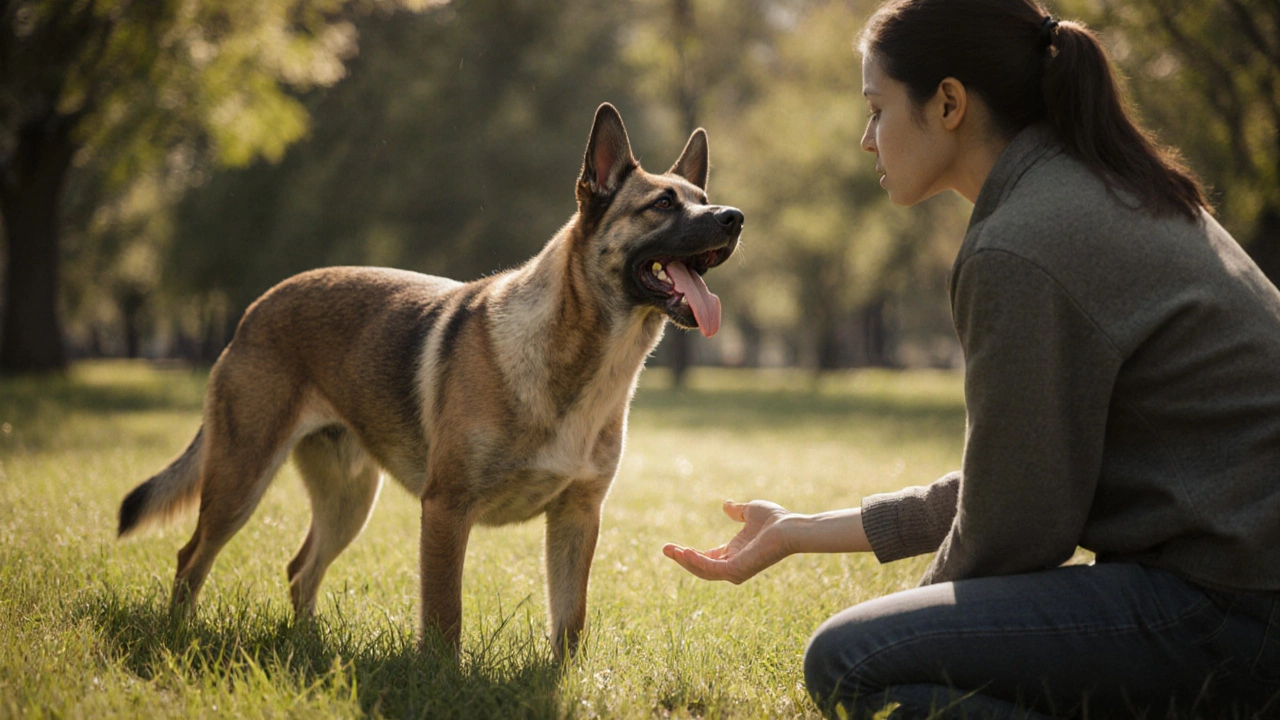Where Not to Pet Dog: Knowing the No‑Pet Zones
When working with where not to pet dog, the concept of areas on a dog’s body that should be avoided when stroking to keep them comfortable and safe. Also known as no‑pet zones for dogs, it helps owners respect canine comfort and prevent stress.
Key Factors Behind Safe Petting
Understanding dog body language, the visual cues dogs give about how they feel is the first step. When a pup tenses its shoulders, flattens ears, or turns its head away, that signals a potential stress signal, a physiological response indicating discomfort or anxiety. Those cues point directly to the sensitive areas, spots like the tail base, ribs, paws, and the top of the head where dogs often react negatively to touch. The relationship is clear: where not to pet dog includes these sensitive areas, and recognizing body language helps you avoid them. By respecting these no‑pet zones you lower stress signals, which in turn improves trust and strengthens the bond.
Our collection below dives deeper into each aspect—why certain spots trigger fear, how to read a dog’s posture before reaching out, and practical tips for safe petting in everyday situations. Whether you’re a first‑time owner, a seasoned handler, or just curious about canine comfort, the articles ahead give you actionable insights to keep your dog relaxed and happy. Let’s explore the full range of advice and see how small adjustments can make a big difference in your dog’s wellbeing.
Posted By Bryndle Redding On 8 Oct 2025 Comments (0)
Dog Petting Etiquette: Where Not to Touch Your Canine
Learn which spots on a dog are off‑limits for petting, read warning signs, and follow a simple checklist to keep both you and the dog comfortable.
READ MORE